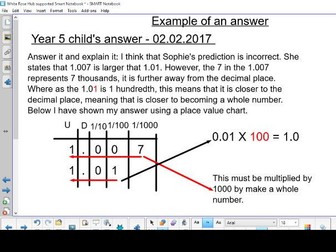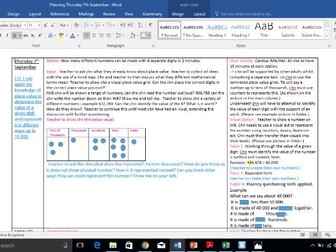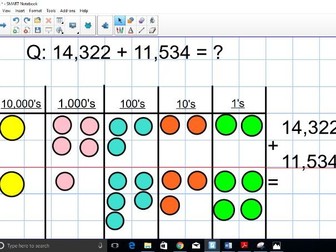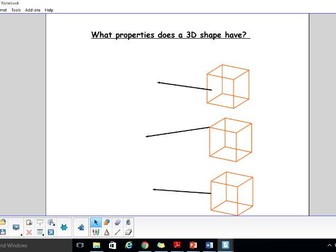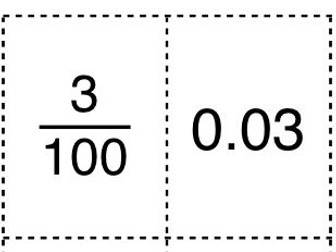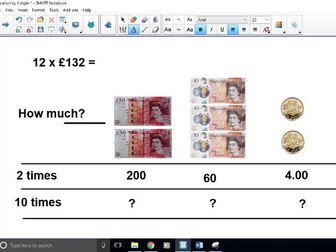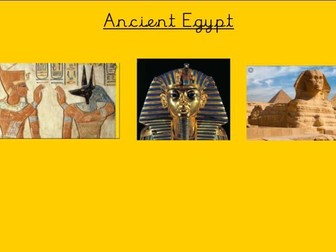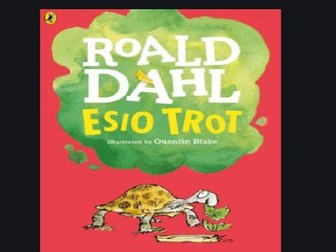The Four Operations Year 5 - Escape Rooms Lesson/Game.
Please find attached an Escape Rooms themed lesson, whereby children have to solve a number of riddles, word problems and basic arithmetic questions, in order to unlock the padlocks, solve cross curricula maths problems and beat the clock. Please note this lesson has been judged as an Outstanding lesson during observation, However it is very important that you adapt the questions to your own class and your own topics. This lesson is pitched at, Year 5 children, but can be adapted to any year group. <br />
<br />
Operations covered: +, -, x, divide, %, decimals and fractions. <br />
<br />
Criteria covered during the lesson. <br />
<br />
• Successfully apply the correct operation and calculation method to each question. <br />
• To de-code a worded problem. <br />
• To use their knowledge of multiplication and division in a timed scenario. <br />
• To answer math’s questions based on cross-curricular links. <br />
Team work .

